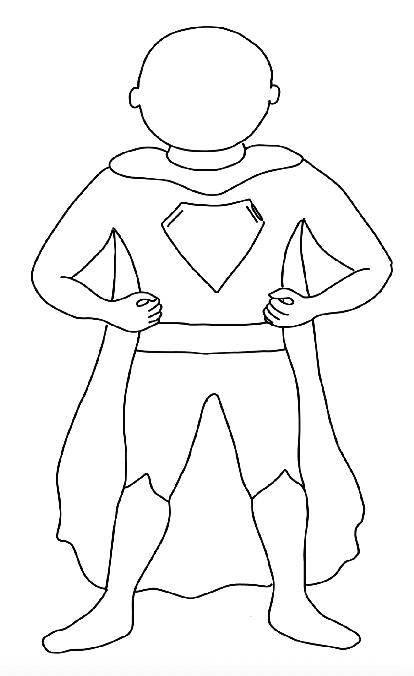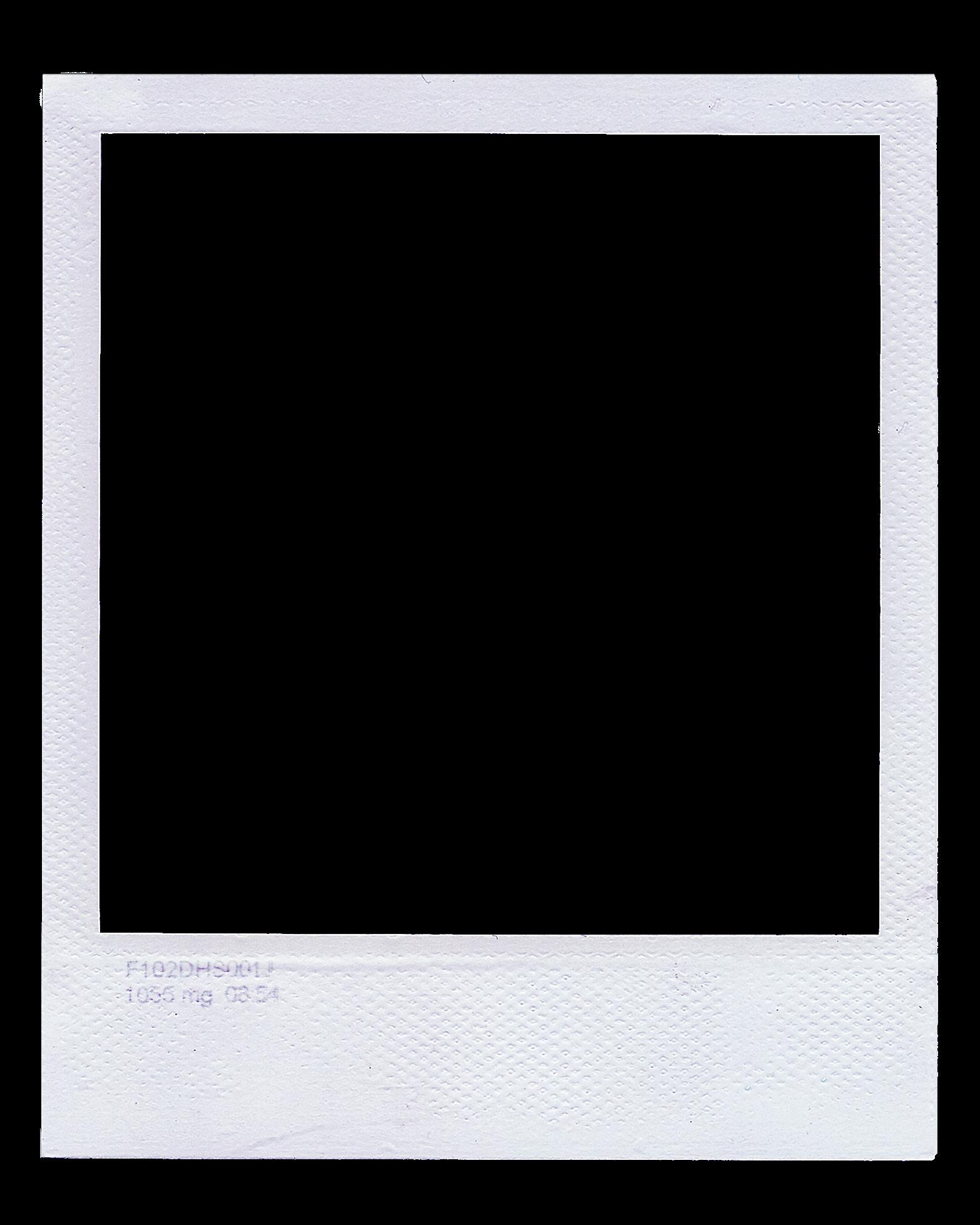




This workbook has been created to help you process what you are learning in light of your own experiences and in the context of your own community. You will find an exercise for each week of the course. Each of these will help you capture both where you are and where you’re going.
Let’s get started!
After reading this week’s lesson, rate your past experiences with collaboration using the scale below (circle one):
Terrible. I’ve had painful experiences with collaboration.
Not great. I’ve had some negative experiences.
Meh. It’s been okay.
Good! I’d like to collaborate more.
Wonderful! I’ve had great experience with collaboration!
How do your past experiences with collaboration impact your current perspective on working with others to fill the biggest gaps to care for vulnerable children and families in your community?
Every child in a loving family, embraced within a collaborative community.

As you think through the Better Together vision this week, take some time to answer the following questions.
Does your community embody the Better Together vision?
What part of the vision do you feel like is strongest in your community (examples:
Churches serve as the hub for community resources, family care is an important pillar of my community, NGO’s are actively involved)
Can you identify areas of potential growth? (examples: Churches and government don’t currently collaborate well in my community, local culture does not currently engage well with local ministry)
How would the lives of children and families change if your community were to embrace the Better Together vision?
As you complete this week’s lesson, take note (in the blanks on the left) of any key qualities of a great collaborator that you notice. When we meet for class, add additional characteristics we discuss. Also, feel free to doodle and make this Super-Hero Collaborator your very own by adding some color and a little personality!

After watching this week’s videos and completing the lesson, take 10 minutes to brainstorm as many potential ensemble cast members as you can think of in your community.
Now go back through and put a star next to the first 4-6 names you think you might want to reach out to.
Do You Have All the Pieces?
Wrap-around Support
Kinship Family Finding & Growth
Biological Family Services
Child Welfare System Support
Professional Services
Youth Support
Foster Family Finding & Growth
Adoptive
Family Finding & Growth
Care Sharing
Based on what you currently know about your community and the descriptions of each of these pieces given in the video interview in this week’s lesson, answer the following:
Which of these (identify 2-3) do you feel might be a particular strength in your community?
Which of these (identify 2-3) do you feel are areas of particular weakness in your community?
Which of these (identify 2-3) do you feel you honestly don’t know enough about your community to accurately assess?
After completing this week’s lesson, take inventory of your own journey and who you might have seen or currently see as the villains in child welfare in your community. Who is hard to “invite to the table,” so to speak?

Record your thoughts for each of these categories:
Villain #1
Biological Parents
Villain #2
The System Itself (governments, institutions, cultural norms)
Villain #3
Other Organizations
Looking at your ensemble cast list from Week Four (page 7), list each of those names in the appropriate rows below. Then list some ways in the far right column you might be able to take each of those relationships to the next level.



“I have not met this person.”

“I am acquainted with this person but do not work on anything with them.”

“I work directly with this person on one or more projects.”

“I depend on this person regularly for important input and advice.”

“I can reliably count on this person and we have developed a high degree of trust.”
Take a few minutes and flip back through these worksheets and any other notes you might have taken throughout the week. As you do, write 2-3 intention statements of your own as indicated below.
In light of [something I have learned during this process], I would like to [action step], with [someone in your community that you want to work with].
I plan to do this by [insert a time frame or deadline date].
Here’s a few examples:
In light of my desire to build trust, I would like to go to lunch with David and Lisa. I plan to do this by the end of next week.
In light of our community’s need to clearly articulate the problem we are trying to solve, I would like to arrange a conversation with Ivan and Anna. I plan to do this by the end of this month.
In light of my desire to work with others to identify the strengths and gaps of our community, I would like to discuss participating in CAFO’s Network Effectiveness and Health Assessment with Juan, Sofia and Jose. I plan to do this by May 1st.
Now, it’s your turn...
In light of , when I go home I want to , with .
In light of , when I go home I want to , with .
In light of , when I go home I want to , with .



For more resources on uniting global networks to work Better Together, visit cafo.org/global